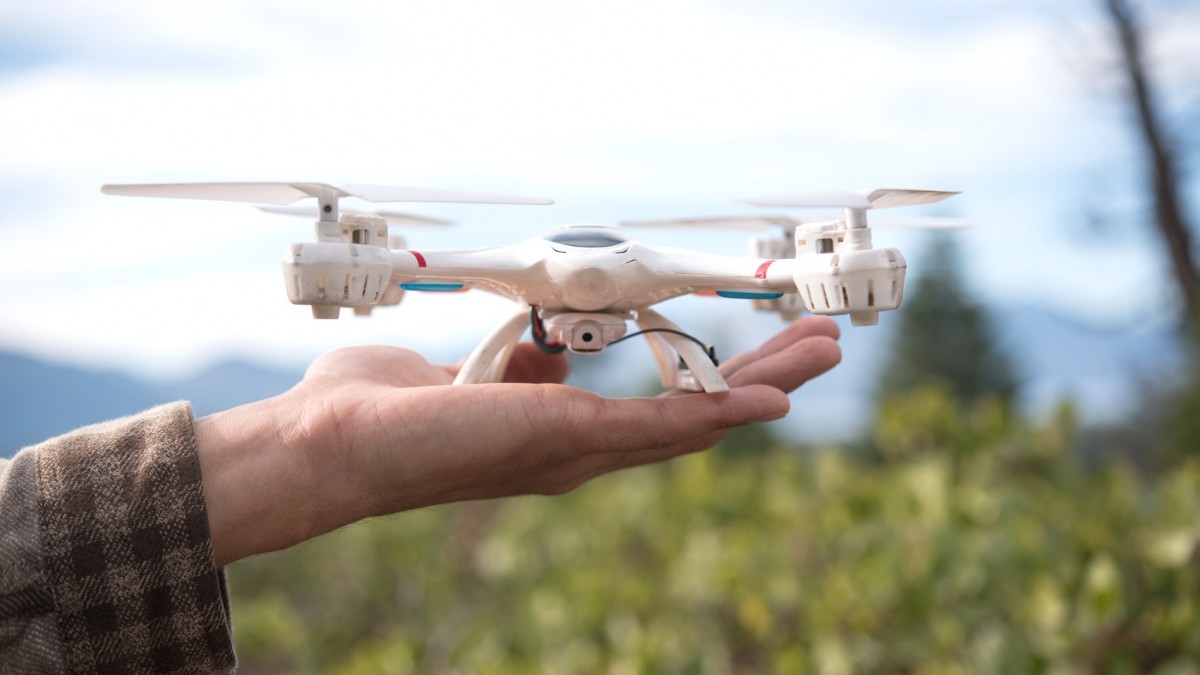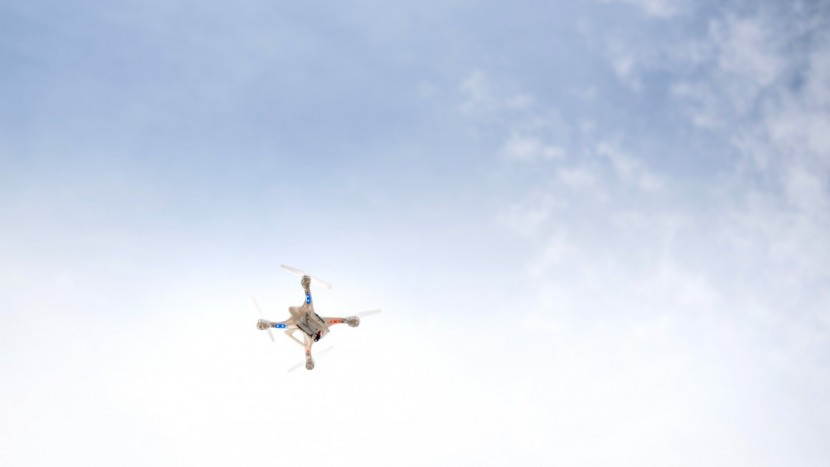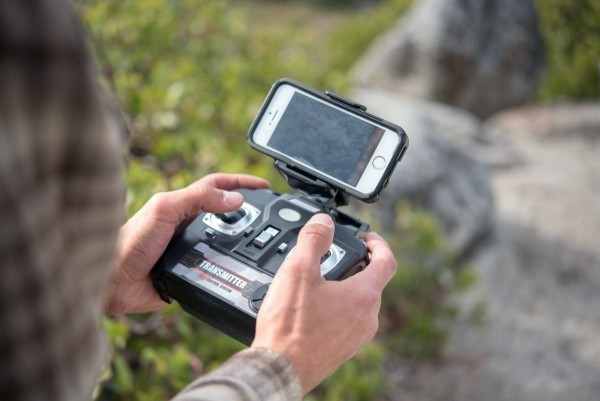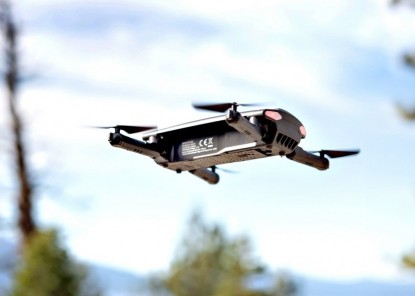
Our Verdict
Our Analysis and Test Results
We spent three days putting the X400W FPV through its paces and comparing its performance to other models in its price range, as well as high end camera drones. Below we've compiled all of our thoughts concerning the X400W FPV's various performance attributes.
Flight Performance
The Good
The X400W FPV is fairly easy to get off the ground without incident, even for a beginner. The battery provides enough power that we were able to fly in a light breeze without getting knocked around too much. This was in stark contrast to models like the Holy Stone HS160 Shadow, which could only put up a short and futile fight against the wind before getting blown backward. The X400W FPV also has a bevy of aerial tricks like barrel rolls and flips that can be executed at the push of a button. We found those tricks both easy to perform and quite entertaining.
The X400W FPV offers a headless flight mode that Automatically orients the drone based on the position of the controller, so pushing the right joystick forward always flies the drone away from you and pulling the joystick back always brings it back towards you. We found this flight mode can give a bit more out of the box satisfaction, as it is a bit more intuitive for beginners. However, this mode does feel limiting if you're trying to do more aggressive flying, so we would recommend learning to fly without it. On average we got about 8 minutes of flight time out of a fully charged battery, which is fairly good for quadcopters in this price range.
The Bad
We found the X400W FPV's controls to be very sensitive. It was very easy to overcorrect and send the drone careening one way or the other. This was particularly true for the throttle, which made it quite difficult to get it into a steady hover. This gets better with practice, and is lessened if you can get into a super relaxed state. So maybe try taking some deep breaths before your first flight.
Video Quality
The video produced by the X400W FPV is, in a word, lackluster. The footage looks quite grainy, a quality that quickly gets exacerbated if you view it on anything larger than a smartphone screen. The video also often freezes and then jumps a few seconds ahead. Bottom line, it might be cool to look at the footage and see what your house looks like from the air, but you're probably not going to end up with anything you'd like to share on instagram. If you're looking for decent aerial video at a low price the Holy Stone HS160 Shadow is a better choice, but it is not as good of an introduction to flying if you plan to eventually upgrade to a high end camera drone.
The video that the X400W FPV produces is…a bit lackluster.
Video Downlink
The video downlink is what makes the X400W FPV our favorite starter drone for those that want to eventually graduate to a high end camera drone. The downlink isn't perfect, it can be choppy at times if you're not in an ideal transmission environment, but it is generally fairly good and doesn't feel too laggy. This lets you get the experience of flying the drone by looking at the real time video feed rather than the drone itself, which is what you would end up doing with a high end camera drone. Just remember that a high end drone would be much more stable, so don't get discouraged if you can't fly using the video downlink right away. Most other models in this price range that have a video downlink have a long lag time, making it near impossible to fly by the video feed.
Other Considerations
The X400W FPV, as the name suggests, is compatible with first person view (FPV) goggles. These goggles essentially show you what the camera is seeing and let you fly as if you were in the cockpit. We did not test this feature, but it is likely you'd only be able to effectively take advantage of this after spending a good amount of time building your piloting skills.
Conclusion
The DBPower X400W FPV's strongest feature is its relatively good video downlink, which lets you fly based on what you're seeing in the video feed. This is similar to how you would fly a high end camera drone, making the X400W FPV a good and cheap introduction to the world of camera drones. However, the actual video it produces is not very good. If you just want some decent video from a cheap drone and don't care about learning skills that are transferable to a high end model, you'd be better off with the Holy Stone HS160 Shadow.






